Tangelos (Citrus paradisi x Citrus reticulata) are hybrids of the tangerine and either the pomelo or the grapefruit. The first fruit hybrid was produced by Dr. Walter T. Swingle and Dr. Herbert J. Webber in 1911, and has been available in the market ever since.
While it’s often erroneously believed to be genetically modified, the tangelo is actually a product of natural hybridization and does not require genetic manipulation for its production. Keep reading to learn more about this interesting citrus fruit.
What Is a Tangelo?
Even though tangelos look similar and can easily be confused for oranges, it’s actually quite easy to differentiate them from other citrus fruits. Keep in mind that tangelos have an elongated or protruding neck, unlike other citruses. Varieties of tangelos are widespread in the market nowadays, which make them easy to differentiate from each other because of their color and size. Two of the most common varieties are the Minneola tangelos and the ugli tangelo.
Minneola tangelos are hybrids of the Duncan grapefruit and the Dancy tangerine, and were first released in 1931. The easiest way to differentiate it from the ugli fruit is through its color. Minneola tangelos are orange and are about the size of a baseball ball or slightly larger, while ugli fruits are green and have a rougher and mottled skin. This is also called the Jamaican tangelo variety because it is primarily cultivated and was first planted in Jamaica.
Tangelo trees look very similar to orange trees. They can grow up to 25 feet and produce fragrant white flowers in the spring. Because of its hybrid background, tangelo trees are more cold-resistant than the grapefruit, but not as cold-resistant as orange trees.
One of the most asked questions about this fruit is, “Do tangelos have seeds?” It’s interesting that unlike other citrus fruits, tangelos actually have little to no seeds. The amount of seeds largely depends on the environment where the trees thrive. Tangelo trees that are surrounded by other trees of its kind often produce fruits that have little to no seeds, while tangelo trees that are near tangerine or orange trees often contain small seeds.
Get These Nutritional Benefits by Eating Tangelos
Aside from their sweet and zesty taste, another reason that you should consider eating tangelos is that they can offer you a handful of health benefits. Tangelos, being the hybrid of the tangerine and pomelo/grapefruit, contain the nutritional benefits of both of these fruits. Here are a few of the nutrients and minerals that you can get from this fruit and how they can contribute to your health:
- Vitamin A. Tangelos contain a considerable amount of vitamin A, which is essential for visual health. It may also help protect against macular degeneration, which is the leading cause of age-related blindness.
- Vitamin C. Like other citrus fruits, tangelos are rich in vitamin C. This vitamin is extremely important due to its contribution to the immune system’s optimal function. Inadequate vitamin C in the body often leads to lower resistance against pathogens and viruses, which causes a heightened susceptibility to infections and diseases.
- Flavonoids are important nutrients that have antioxidant properties. Tangelos contain flavanones, a specific type of flavonoid, which helps in minimizing the risk of strokes and other cardiovascular diseases.
- Calcium, potassium and magnesium. Getting adequate amounts of these minerals is essential for the body’s skeletal and cardiovascular function. Calcium is important for the strength of the bones and teeth and may also help in regulating blood pressure. These minerals together have also been observed to reduce the risk of hypertension.
- Dietary fiber. Tangelo contains high amounts of dietary fiber, which is important for smooth digestion. High-fiber foods may also aid in the prevention of hypertension, obesity and stroke. It can also help in lowering the blood sugar levels in the body.
How Are Tangelos Used in the Culinary World?
While tangelos are commonly eaten raw, it’s possible to enjoy them in other ways too. People have experimented and have developed various techniques on how they can incorporate tangelos into their everyday dishes.
The tangelo fruit has been used in jams, marmalades and cakes, and have also been included in salads and main dishes. Sliced segments of the fruit are also used as a decorative garnish, while its juice can provide a tangy twist to marinades and sauces. Tangelos can also be used as a substitute for mandarin oranges, grapefruits and even lemons.
Try These Tasty and Guilt-Free Tangelo Recipes
If you’re tired of eating tangelos by itself, here are a few recipes that you can try out to add tangelos into your everyday diet:
Tangelo Nutrition Facts
The average weight of a tangelo fruit is approximately 109 grams, and there are about 70 calories in one serving of tangelo, which makes it a good choice for people who are trying to watch their calorie intake. To help you keep track of the nutrients and vitamins of the tangelo fruit, here is a breakdown of its nutritional information:
Tangelo Nutrition FactsServing Size: 100 grams |
||
| Amt. Per Serving |
% Daily Value* |
|
| Calories | 64.2 | |
| Calories from Fat | 8.3 | 12.9% |
| Total Fat | 0 | |
| Saturated Fat | 0 | |
| Trans Fat | ||
| Cholesterol | 0 mg | 0% |
| Sodium | 0 mg | 0% |
| Total Carbohydrates | 11.9 g | |
| Dietary Fiber | 1.8 g | |
| Sugar | 10.1 g | |
| Protein | 0.9 g | |
| Vitamin A4% | Vitamin C | 138% |
| Calcium4% | Iron | |
*Percent Daily Values are based on a 2,000 calorie diet. Your daily values may be higher or lower depending on your calorie needs.
While not as abundant in fructose as other fruits, make sure to consume tangelos in moderation, as too much fructose may wreak havoc on your health.


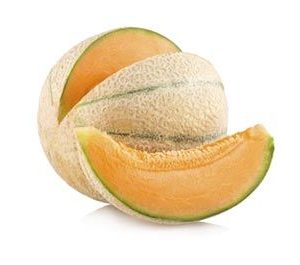
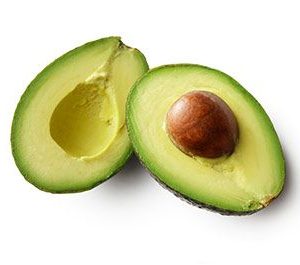
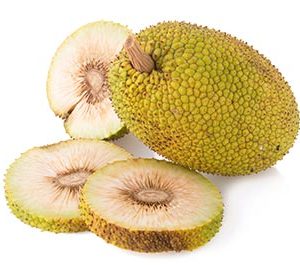
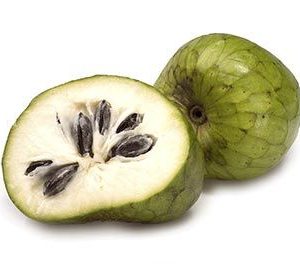
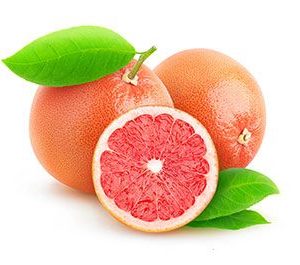
Reviews
There are no reviews yet.